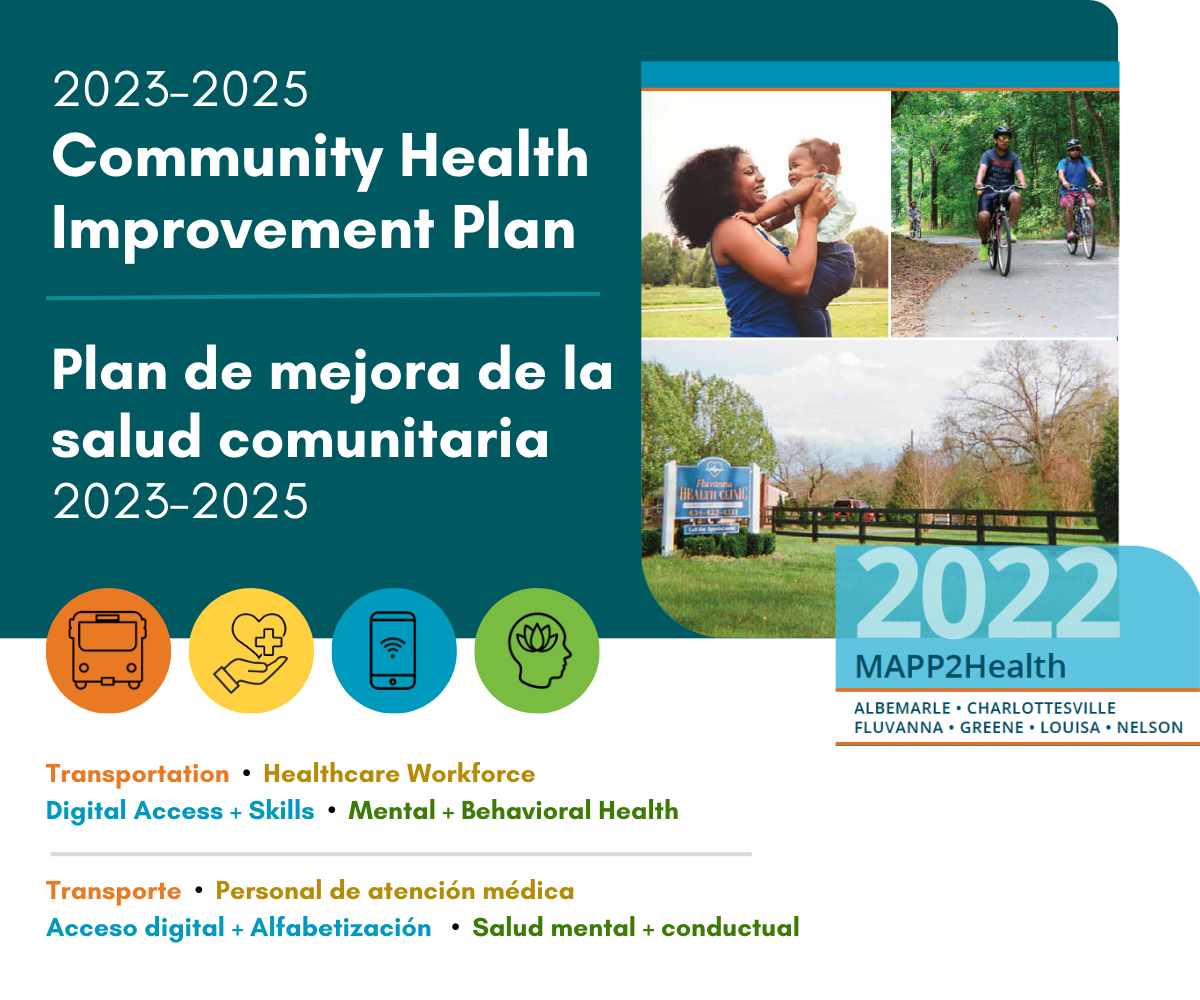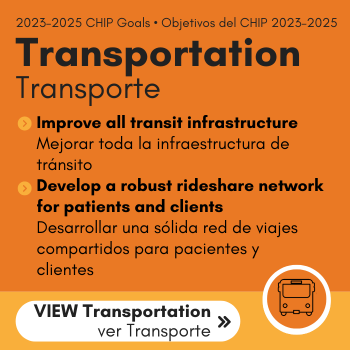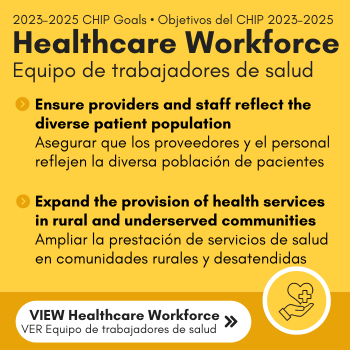Community Health Improvement Plan (CHIP)
MAPP2Health: Selection of Policy Targets
Mobilizing for Action through Planning and Partnerships (MAPP) is a strategic framework for organizations, coalitions, and community members to work together for improved health and well-being for all. Locally we call the process MAPP2Health.
Since 2009, Blue Ridge Health District (BRHD) has completed five MAPP2Health community health assessments (CHA) and improvement plans (CHIP) in partnership with the other two Core Group members – UVA Health and Sentara Martha Jefferson Hospital – and community organizations. The Core Group has published the resulting five MAPP2Health Reports, the most recent in 2022.
The 2022 MAPP2Health participants – area organizations, coalitions, and community members – worked together in either the Leadership Council or the Locality Council to examine race and socioeconomic status as social determinants of health. The Leadership Council included 80 representatives from agencies and organizations that served two or more localities and that had authority or influence over policy creation or development. The Locality Council was made up of community members and organizations that primarily lived or worked in one locality and/or provided direct care or services.
The MAPP2Health councils met from January through June 2022 to identify priority issues and opportunities to reduce barriers to health equity. The result was a concentration of recommendations in two overarching focus areas: the Built Environment and the Healthcare System.
The 2022 MAPP2Health report was published in September 2022 and BRHD began soliciting participants in mid December 2022 to develop the corresponding Community Health Improvement Plan (CHIP). The CHIP is facilitated and managed by BRHD’s CHA/CHIP Program Officer and Data Analyst with support from the MAPP2Health Core Group.

CHIP
The Community Health Improvement Plan (CHIP) takes the policy targets identified in the MAPP2Health Report and unites organizations to identify and implement actionable objectives, as well as garner public support and encourage accountability. Our district’s CHIP is updated every three years. The 2023-2025 CHIP launched publicly April 3, 2023 with the initial policy targets, goals and objectives, and contributing organizations . CHIP progress will be tracked by the BRHD CHA/CHIP program officer until its completion December 31, 2025
Why a CHIP?
The CHIP serves primarily as a guiding document for all the implementing partners, in that it specifies very precisely what tasks are necessary to achieve the various objectives (which in turn should lead to completion of the goals), what organizations are responsible for the tasks, the planned completion dates for each task, and how progress will be measured. But the CHIP is also intended to be a public-facing document that allows interested community members to see not only what is being done to improve community health, but when they can expect to see concrete progress.
CHIP Process
The CHIP process included three steps: identifying CHIP Workgroups, clarifying goals and objectives, and finalizing policy priorities, convenors, and indicators. Read more details on this process in the 2023-2025 CHIP.
2023-2025 CHIP Policy Targets
The sections below give a high-level overview of the goals, objectives, conveners, and contributors for each policy target. Select any section to take a deeper dive into its indicators, target dates, and status.
 |
 |
Transportation
Transportation improvements for the 2023-2025 CHIP focus mainly on public transit services and their ability to provide District residents, both urban and rural, with reliable, efficient, and accessible accommodations to healthcare providers and everyday activity centers. The Transportation workgroup also developed a new objective to initiate a res’ transit group to develop community engagement in transit decision-making.
Transportation: CHIP Goals and Objectives →
Healthcare Workforce
CHIP objectives address issues in the healthcare system workforce focused on developing community health workers – as health navigators to both reduce the demand on clinical staff and assist patients through their entire clinical care encounter. Additional recommendations included improving access to and affordability of clinical training and education – especially for mental health providers –and expanding services to where they’re needed most, ensuring those services are delivered by diverse, trusted, and empathetic providers.
Healthcare Workforce: CHIP Goals and Objectives →
Digital Access + Skills
Digital access recommendations focused on improving broadband infrastructure as well as improving digital literacy, access, and advocacy. Digital skills mean knowing how to use technology to research, connect, create, and communicate. The recommendations from MAPP2Health highlighted the inherent pitfall of technology: access to technology, hardware (e.g., smartphones), and broadband internet are only as helpful as the user’s skill level. Thus, the CHIP’s goals and objectives address all digital components of connectivity to navigate daily life, including healthcare encounters.
Digital Access + Skills: CHIP Goals and Objectives →
Mental + Behavioral Health
Mental health problems are among the most common health conditions in the U.S., with one in five adults experiencing mental illness each year.1 Data from the Behavioral Risk Factor Surveillance Survey (BRFSS) shows that in 2019, the rate of people reporting 14 or more poor mental health days was slightly higher in our region than across the state.2 CHIP objectives address the need to expand capacity for racially and culturally responsive behavioral health care; increase access to care (such as by increasing in-patient psychiatric beds); and promote policies, systems, and environments that improve behavioral health and wellness – particularly for people of color. The workgroup is currently identifying conveners and clarifying both indicators and targets.
Mental + Behavioral Health: CHIP Goals and Objectives →
Sources:
1 National Alliance on Mental Illness (NAMI). Mental health in Virginia: state fact sheet. nami.org. Accessed June 24, 2022. https://www.nami.org/
NAMI/media/NAMI-Media/StateFactSheets/VirginiaStateFactSheet.pdf.
2 Centers for Disease Control and Prevention (CDC). 2019 BRFSS survey data and documentation. cdc.gov. Updated August 31, 2021. Accessed June
24, 2022. https://www.cdc.gov/brfss/annual_data/annual_2019.html.
